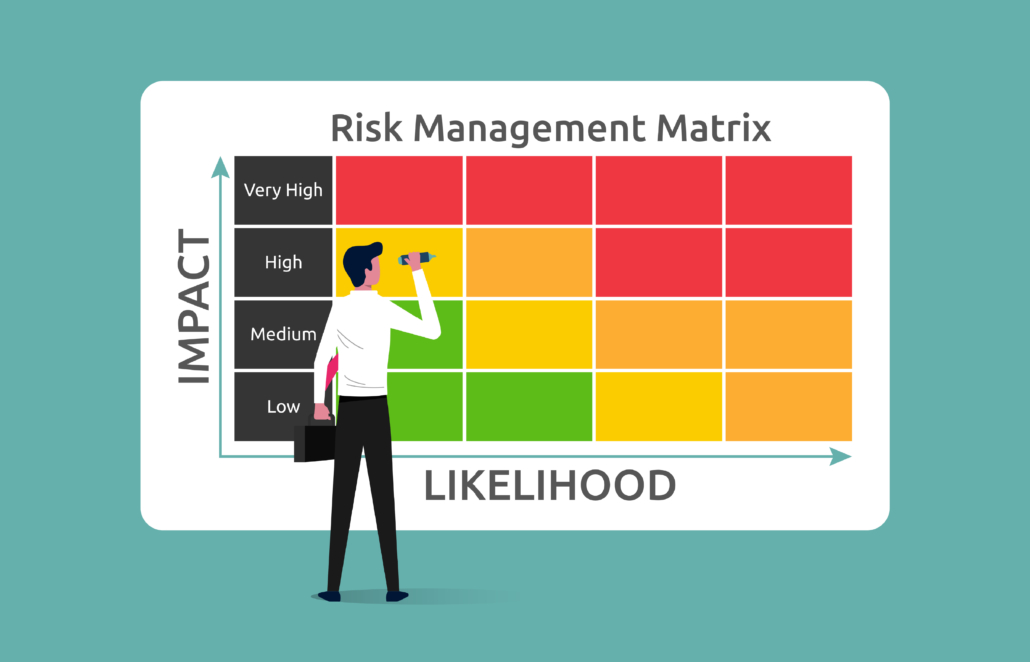Invoice Factoring Cheat Sheet for Brokers
We’ve all heard that “Cash is King.” But when in business, especially when you’re growing, cash FLOW is king.
As a financial broker, your clients cash flow problems are your cash flow problems, from managing day-to-day operations to planning for sustainable growth. While you help them navigate these waters, offering advice and innovative solutions, there’s a powerful tool you might not be leveraging fully for your clients: invoice factoring.
Imagine being able to offer your clients a way to transform their cash flow challenges into opportunities for growth and stability. Invoice factoring does just that, providing immediate access to funds by selling outstanding invoices at a discount to a factor (a third party).
Basically, transforming their invoices to CoD.
This can give your clients the liquidity they need without the wait or the hassle of traditional lending.
Why Invoice Factoring?
Few things combine excitement and stress like knowing cash is coming but not knowing when you’ll get paid. It’s like waiting for the dragons to show up in Game of Thrones.
Cash flow is at the center of everything.
In other words, it’s about shortening the time a business waits for revenue to arrive.
We all wish cash would come in a little faster. Still, your clients may not realize how much control they have over business challenges, like their cash flow.
And those challenges could be deadly for business. According to QuickBooks, late payments impact over 70% of SMBs, and 40% worry that this problem could close their business if something isn’t done to address it.
Faster invoice payments could dramatically improve:
- Cash flow
- Scalability and sustainability
- Reputation and credit rating
Invoice factoring can help your clients. Let’s take a closer look at how it works.
Faster Returns on Invoices
Invoice factoring relieves the stress of timely payments. It gives your client immediate access to the cash flow locked in their accounts receivable while having the factor handle the payment process with their clientele.
In other words, your client can get 80% or more of the value of your accounts receivable on an ongoing basis. This basically enables them to convert their accounts receivable into immediate working capital, enhancing liquidity and facilitating cash flow management.
Benefits Beyond Invoicing
As a broker, you’re probably already thinking about the benefits beyond the cash flow boost. For example, invoice factoring can also help:
- Reduce the need for loans—Faster access to cash reduces your clients’ need for loans. This is good if their position makes it difficult to get loads either because they’re fully extended or they need to build credit. Invoice factoring uses your invoices as direct collateral.
- Speed up the slow times: Invoice factoring can help provide access to more cash during slower business seasons when they need temporary access to more cash. This could even be a regular, recurring situation.
- Build stability and credit: Since factoring stabilizes your cash flow, it’s much easier for your clients to forecast, staying ahead of bills and building strong credit.
- Elevate your reputation with clients: Predictable cash flow helps your clients make better decisions, especially regarding investments, expansions, or strategic moves. This type of financial stability enhances your reputation with clients and peers.
Invoice factoring allows the agent to differentiate their practice, since you now have the ability to solve your clients’ cash flow issues and relieve the tremendous stress that comes with it.
How Invoice Factoring Works
Invoice factoring outsources your clients’ bill collection process. In Liquid Capital’s case, we handle the most stressful, tedious parts of the invoicing collection process and so your client can put the focus back on running their business.
By taking on the responsibility for the invoice, we would cover the process of getting the invoices paid.
The process looks like this:
- Your client makes a sale
- They sell some of their invoices to Liquid Capital
- As the referring broker (agent), you get a continuous commission stream*
- We send immediate funds to your client (minus the reserve and fees)
- Your clients’ customers pay us
- We refund reserves
That’s it.
On a side note, invoice factoring—what we’re talking about in this post—shouldn’t be confused with invoice financing. Invoice financing involves using unpaid invoices as security to obtain a loan or line of credit. This is a classic bank loan.
A bank loan has a strict limit on the borrowing amount permitted. The borrower is still required to collect payment from their customers and then repay the loan with fees and interest. This also tends to involve more paperwork and complexity. With trustworthy customers, factoring allows your client to grow their access to cash as their business grows.
For more on this, check out some myths surrounding invoice factoring.
It Works for You and Your Clients
The truth is invoice factoring helps all kinds of businesses, so why not yours? How many other solutions can take over one tedious and sometimes stressful process and provide immediate financial returns that impact so many critical parts of a business?
To recap, invoice factoring:
- Turns invoices into cash within 24 hours, without the need for loans
- Increases your client’s cash flow for stability and sustainability.
- Reduced stress over the invoicing process, saving time and energy on accounts receivable.
- Enhances credit and reputation
The headline here is simple: Instant access to working capital ensures that you’re not missing out on growth opportunities due to cash flow constraints.
Invoice Factoring for Financial Consultants
Everyone at Liquid Capital wants to understand your unique challenges and provide solutions like invoice factoring as a partner who is equally focused on your business’s ongoing success. For more than 20 years, relationships have been a core part of our business.
Please let us know how we can help you. Contact us today with your questions or to take the first steps in making invoice factoring part of your financial success.




































 Evaluate your cash flow situation monthly
Evaluate your cash flow situation monthly


